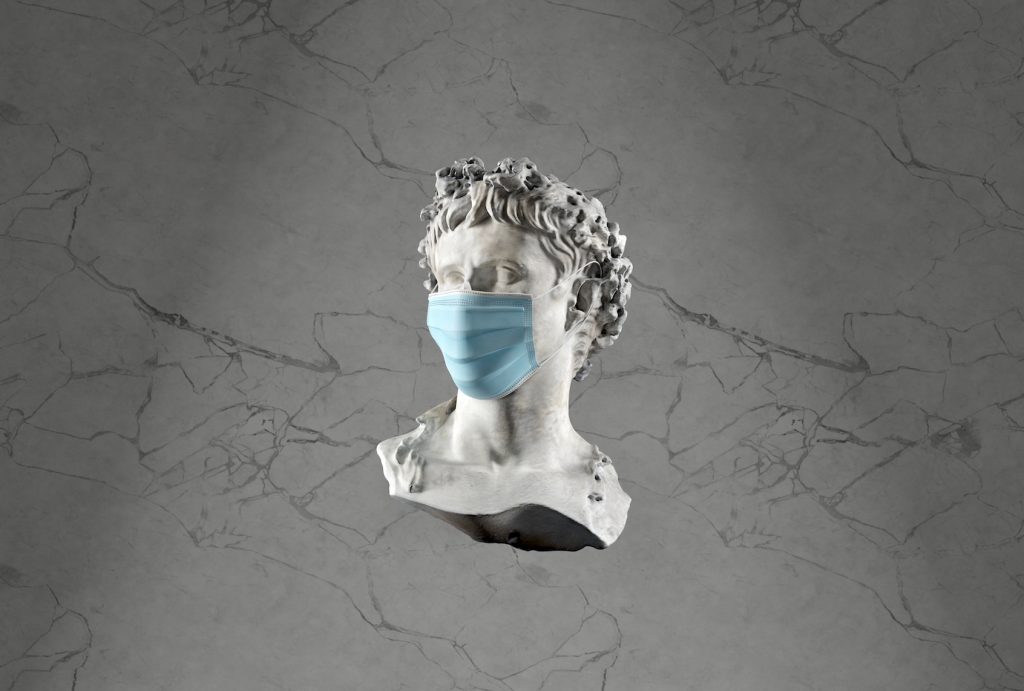Now Reading: Regulatory Compliance Monitoring Pressure Relief Valves
-
01
Regulatory Compliance Monitoring Pressure Relief Valves
Regulatory Compliance Monitoring Pressure Relief Valves
Chemical Processing magazine published a great article on the topic of Understanding Pressure Vessels: Design, Safety and Uses. The article discusses the different types of pressure vessels and the important design considerations needed for safe and reliable operations.
In a recent interview with Michael Machuca from Emerson, the significance of pressure relief technology in pressure vessels was emphasized. It was mentioned that the U.S. Environmental Protection Agency’s regulation 40 CFR Part 63National Emission Standards for Hazardous Air Pollutants for Source Categories requires monitoring of pressure relief valves using various technologies and methods to prevent, mitigate, monitor, and report hazardous emissions.
Michael highlighted four ways to comply with the monitoring requirements for pressure relief, including release flow acoustic measurement, discrete measurement of indicating rupture disks (RDs), pressure measurement for rupture disk leaks, and the use of pilot-operated pressure relief valves (PRVs) with differential pressure measurement.
Different approaches are recommended for different types of pressure relief devices, with specific methods suggested for rupture disks and PRVs with rupture disk protection. Volumetric release calculations were noted as essential for modulating pilot PRVs and ensuring accurate measurement of release volumes.
The use of innovative technologies like the Rosemount wireless pressure gauge and transmitters was also discussed as effective solutions for monitoring and reacting to pressure relief events. These methods offer significant improvements over traditional monitoring techniques and help in reducing emissions and improving operational safety and efficiency.
Emerson Electric Company, a global technology company, provides product technology and engineering services to industrial, commercial, and consumer markets worldwide. With a history dating back to 1890, the company is headquartered in St. Louis, Missouri.





